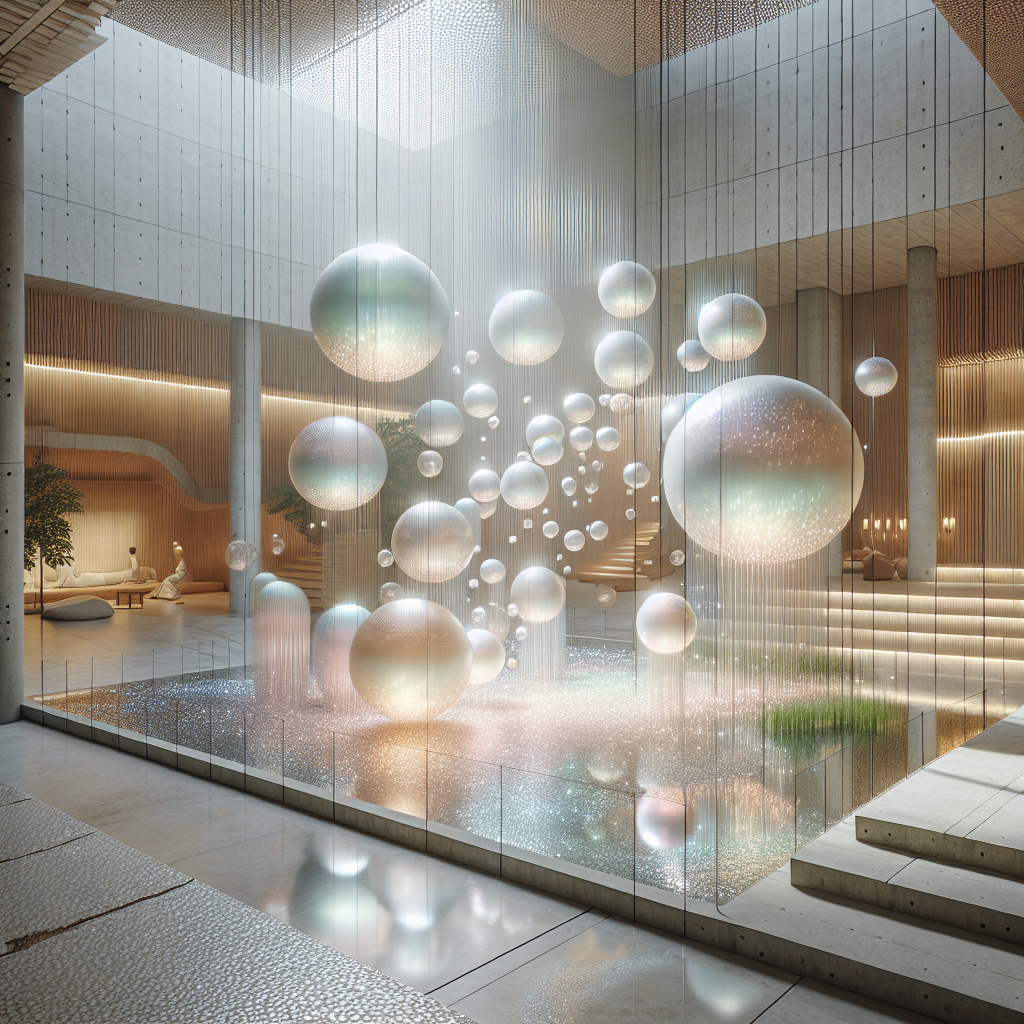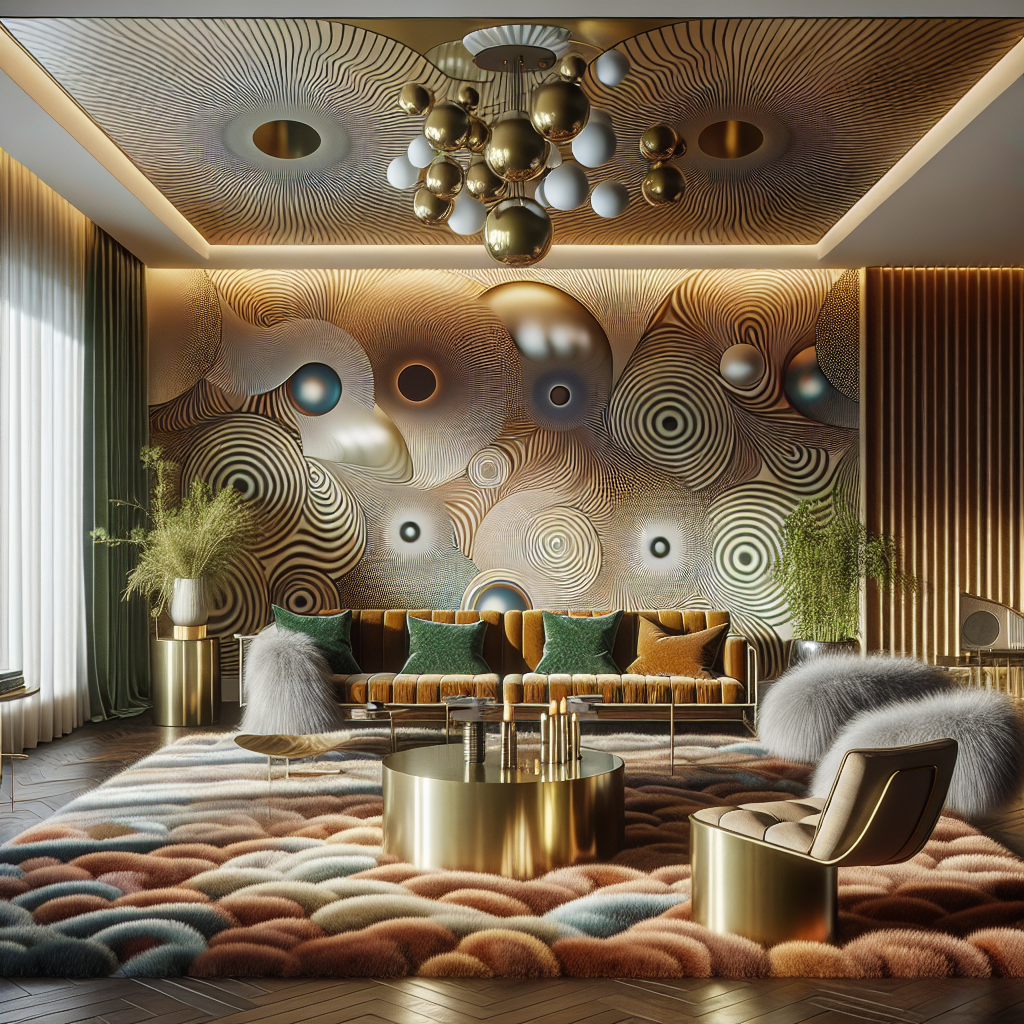Virtual Reality in Architecture: The New Tool for Design Visualization

Realistic Simulations of Spaces
Virtual reality (VR) is revolutionizing the way architects design and visualize their projects. One of its main advantages is its ability to create realistic simulations of spaces. With VR, architects can accurately represent scale, lighting, and materials, providing an immersive experience that helps clients understand the design intent.
Improved Collaboration and Communication
Another benefit of VR in architecture is its ability to improve collaboration and communication. With VR, architects can easily share their designs with clients and stakeholders, allowing them to experience the space and provide feedback in real-time. This helps to ensure that the final design meets the needs and expectations of all parties involved. The architecture firm HOK used VR to design and visualize the new Terminal 4 at the Changi Airport in Singapore. The VR simulation allowed the client and stakeholders to experience the space and provide feedback, leading to a design that improved the passenger experience and increased operational efficiency.
Exploring Different Design Options
VR technology is also making it easier for architects to experiment with design ideas and explore different options. VR allows architects to quickly iterate through designs and test different materials and lighting options, saving time and money compared to traditional design methods. Additionally, VR can be used to visualize and test the performance of sustainable design features, such as daylighting and energy-efficient systems.
Conclusion
In conclusion, VR is a powerful tool that is transforming the way architects design and visualize their projects. Its ability to create realistic simulations, improve collaboration and communication, and enable experimentation makes it an invaluable resource for architects looking to create innovative and sustainable designs. With the continued development of VR technology, we can expect to see even more innovative uses of VR in architecture in the future.





